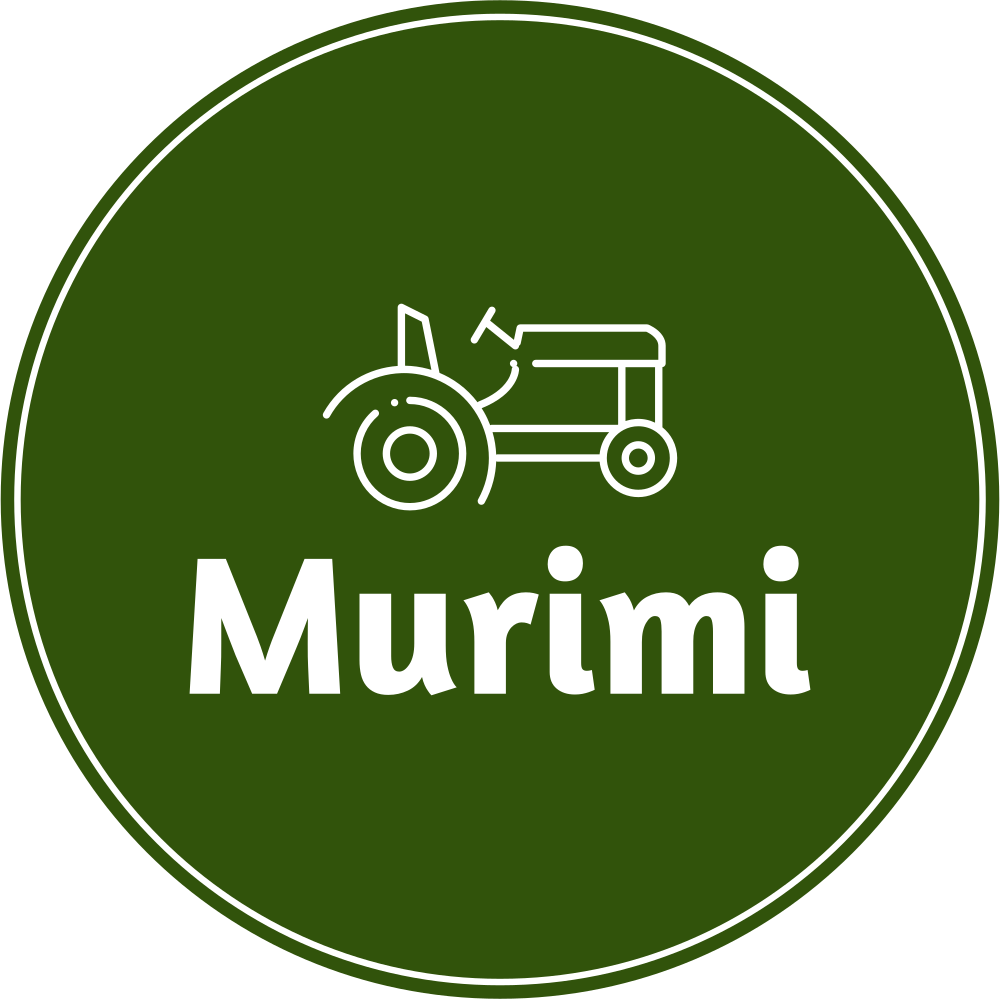This year in Zimbabwe its looks like there is going to be a drought. During the dry season, many farms may struggle to maintain their usual stock of cattle due to insufficient rainfall, either with or without regular supplementation. The severity of this situation varies across regions, and management practices can either alleviate or exacerbate the problem. Factors like the availability and cost of supplementary feed and the options for disposing of excess stock further influence the situation. If you recognise that you are facing a drought, it’s crucial to take action.
The fundamental strategies for surviving a drought include:
- Conducting a thorough assessment of the situation, evaluating available options, and planning accordingly.
- Establishing drought reserves and exploring alternative grazing options.
- Implementing astute and timely stock disposal to match the carrying capacity during the drought.
- Managing operations to minimize the need for supplementary feed.
- Procuring and utilizing economic feeds early on.
While a drought presents challenges, it also brings opportunities, such as cheaper grazing land, cattle, and increased demand for feed and feeding facilities. However, achieving a balance between short-term and long-term objectives may be necessary, considering the conflicting costs during and after the drought. Successful drought management requires a positive approach with clear objectives.
Situation Assessment and Planning
In assessing the situation, estimate the drought-carrying capacity of your property to determine the number of animals sustainable without harm to the land, livestock, and enterprise viability. Divide grazing areas/paddocks into less than 30%, 30–75%, and more than 75% of normal grazing, calculating grazing capacities accordingly. Alternatively, sample quadrant clippings can estimate dry matter availability. Adjust stocking estimates based on expected animal performance or increased supplementation.
If moderate destocking is required, plan stock disposal and secure additional feed for the remaining animals. For heavy destocking, investigate:
Possible sources and costs of alternative grazing or roughages.
Potential sources of concentrate feeds.
Market conditions for different stock categories on the farm.
Economics of disposal for each stock class against feeding costs.
Disposal of Surplus Stock
Categorise animals and estimate their values based on present market value and projected value post-drought. Dispose of animals with the least appreciation, keeping those with higher potential on the farm.
Old, lean cows, which appreciate minimally in value and incur high costs to sustain during the drought, should be considered for timely disposal. Heifers that fail to conceive after the first service are considered questionable breeding material and are candidates for culling. Steers with the potential for fattening and increased value may be sold if economical feed is available; otherwise, their priority should be in the early disposal.
Yearling steers, old pregnant cows in fair condition, and young thin cows present varying challenges and considerations. The decision to keep or dispose of them depends on factors such as past breeding performance, potential loss during the drought, and their current slaughter value.
Weaners and a proportion of them should also be part of the astute and timely stock disposal plan to align with the carrying capacity during the drought. Early surplus stock sales are essential as prices typically decline during droughts. Additionally, procuring feed early for the remaining animals is crucial, given the anticipated increase in feed prices during drought conditions.
Alternative Grazing Options
To enhance the ability to sustain animals during the drought, incorporating baled or stored roughages like hay or stover into carrying capacity calculations is beneficial. Decision-making should focus on the efficient delivery of residues to the cattle, preferably bringing the cattle to the feed rather than vice versa. Urea treatment of stored roughages can improve digestibility, protein content, and overall animal performance.
Priority Grazing of Animals
Consider the following points for efficient grazing during a drought:
Utilise paddocks or areas with failing water supplies or those susceptible to veld fires early, before abundant grazing becomes unavailable.
Construct fireguards early to protect most of the grazing.
Kraal cattle overnight and herd them into grazing during the day, constructing hay racks in kraals/night pens.
Wean early, leaving calves in smaller holding pens with sufficient roughage while herding dams into grazing paddocks.
Feeding Strategies
The severity of the drought, farming region, and available resources influence feeding strategies. In a drought, the most limiting factor is usually the quantity of feed rather than its quality. Planning fodder flows and constructing fireguards beforehand are critical. Nutritional shortfalls, particularly in digestible protein and energy, should be addressed through supplementation.
For a moderate drought (more than 60% of average rainfall), prioritize higher-level protein supplementation to enable animals to utilize poorer quality grazing. As the drought intensifies, there’s a greater need for energy supplementation. Setting targets and aiming for performance closer to maintenance is crucial.
Ensure the following:
Dose animals against internal parasites and implement effective tick control.
Minimize energy expenditure by reducing cattle walking distances and protecting them from cold.
Feed to achieve specific targets, monitoring performance through periodic sample weights and condition scores.
Ensure animals have access to drinking water, even if it means transporting water to paddocks under extreme conditions.
Health Management in a Drought
Drought conditions increase the risk of plant poisoning, making it crucial to be vigilant. Consider keeping purgatives and astringents in the vet cupboard to address plant poisoning issues. Watch out for prussic acid poisoning, especially when new green grass wilts or is frosted.
Increased risks of diseases such as Anthrax, Botulism, Quarter Evil (blackleg), calf scours, and Coccidiosis should be anticipated during a drought.
After the Drought
After the drought, it’s advisable to pen stock for the first 2-4 weeks to allow the grass to regrow and prevent scouring. Gradually introduce them to green feed while continuing with drought feed, ensuring a smooth transition.
